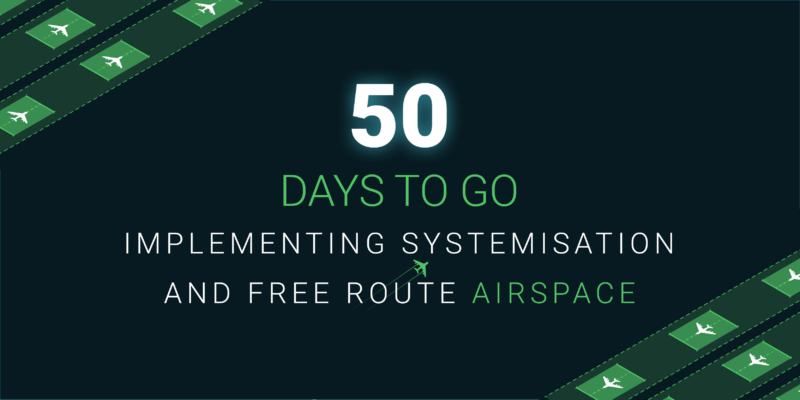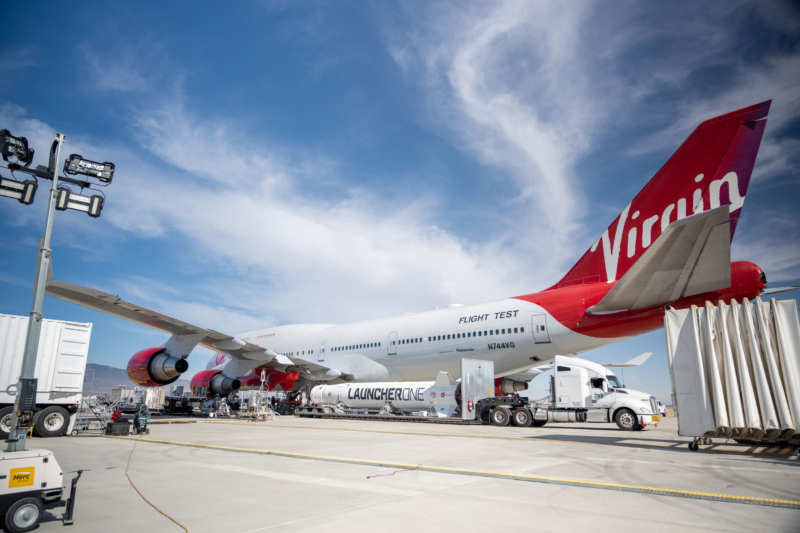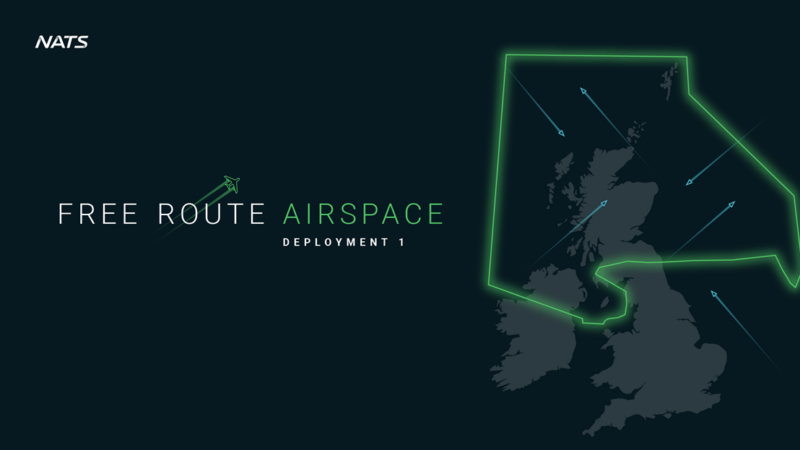West Airspace Deployment: 50 Days To Go
1 February 2023Today marks the 50-day countdown to West Airspace Deployment (West). The culmination of over three years of planning, two concurrent airspace changes come into service on 23 March 2023.
The journey to West began in our pre-Covid world and has successfully advanced to the present day, where we are now just weeks away from deployment. With support from a wide and varied range of aviation stakeholders, we are well on the way to delivering on the Airspace Modernisation Strategy (AMS), against a challenging backdrop for the industry.
The project will transform the way UK airspace is structured above 7,000ft over southwest England and Wales, helping us towards the industry’s 2050 net zero target and modernising the route network to enable a simpler and safer future for air travel.

The airspace changes represent one of the most technically complex challenges NATS has undertaken. Spanning 54,000nm2 – which include some of the busiest routes for international flights to and from many vital UK airports – West will result in valuable benefits for our customers, as well as for our operation.
The last fundamental airspace change in the West region was in 2005 so this project really is a once in a generation opportunity to deliver lasting improvements and long-term environmental benefits.
So, what changes will we see?
West will welcome the introduction of ‘Systemisation’ and ‘Free Route Airspace’ (FRA) simultaneously.
We implemented FRA for the first time in the UK over Scotland in December 2021; West will be the second implementation.
FRA covers the airspace structure above 24,500ft and allows aircraft to fly their preferred route between a defined entry and exit point subject to any airspace constraints at the time. FRA gives airlines the autonomy to plan their optimal route and significantly helps to reduce flight time, fuel burn and CO2 emissions.
Excitingly, this will be the first time systemised airspace on this scale will be deployed in support of the UK’s Airspace Modernisation Strategy. By using the latest airspace technology and approach to airspace design thinking, it will introduce highly-defined flight paths which use available airspace as efficiently as possible through the lower-level network from 7,000ft to 24,500ft.

Designing routes in systemised airspace relies on Performance Based Navigation (PBN), which uses satellite technology fitted to modern aircraft allowing them to fly more precise and consistent routes. This level of accuracy was not possible in previous generation aircraft; it optimises flight profiles, keeps aircraft separated and reduces the number of controller interventions.
A systemised network means airlines and airports will experience fewer delays and greater predictability. For controllers it means less complexity and increased capacity.
As well as simplifying the design, West will also deliver significant environmental benefits from the day it goes into service:
- A predicted annual saving of over 12,000T in CO2 emissions, equivalent to the total CO2 emissions from driving 43 million miles in an average petrol car
- 150,000 fewer nautical miles flown by aircraft using this airspace over one year
- Flying time reduced by 844 hours per year for aircraft using this airspace
This is an exciting moment for the future of air travel as we get ready for our next significant step forward in airspace modernisation.
Comments
Please respect our commenting policy and guidelines when posting on this website.



